Interview with Anne Collod by Federica Fratagnoli
Descrizione
Paris-based contemporary dancer and choreographer ANNE COLLOD is being interviewed about her relationship to body memory and her specific use of notation tools in the process of re-creation and re-interpretation of choreographic works. She also discusses her experience with the Quatuor Albrecht Knust that explores the re-creation of major works from the beginning of the 20th century, such as Nijinsky’s Afternoon of the Faune. Originally trained in Labanotation, the encounter with the American choreographer Anna Halprin marked an important step in her career because she was introduced to the notion of “score” and task-oriented movement as support for performance making. Retracing the link between memory and dance notation, she reveals the importance of oblivion in the process of re-actualisation of the past and puts under discussion the authority of the archive as acquired knowledge. Delving deeper into her own creations, and in particular Moving alternatives (2019), the second part of the interview summarises the notion of cultural appropriation and the importance of making marginalised histories being heard.
INTERVIEW QUESTIONS:
[00:01:48] What do you recall from your first experience in dance?
[00:03:10] What dance techniques have you studied and how have they been accumulated in your body?
[00:06:38] How do you access your body memory?
[00:11:02] What is the role of context in the construction of your body memory?
[00:12:36] What kind of memories do you think are hidden in a choreographic score?
[00:16:46] For you, what is the relationship between oblivion and creation?
[00:19:07] What kind of authority has the archive in your opinion?
[00:21:52] Do you differentiate dance history from the memory of dance?
[00:23:03] How do you articulate in your creations Euro-American dance history with extra European dance history?
[00:26:33] Could you speak about the role of notation in your work?
[00:30:19] During your creations, how do you relate to the memory of the dancers' cultural heritage and training experience?
[00:33:40] What is your relationship with memory conservation: have you organised an archive of your creative process?
[00:35:39] How did the experience with Moving Alternatives change your point of view of the archive?
[00:37:35] Could you elaborate further on the notion of “trace”?
[00:39:29] How do you imagine the possible continuation of the memory of your work?
Luogo/Tempo
October 7, 2021
Formato
video/quicktime (476.37 MB PT41M5S)
Soggetto
• D’un faune (...éclats), Moving alternatives, Parades & changes, replays, Parades & changes, replay in expansion The Afternoon of a Faune, Brown, Trisha Dalcroze, Emile Jaques Debussy, Claude Denis, Ruth St. Faust, Frey Goodman, Nelson Halprin, Anna Hultman, Irene Launay, Isabelle Nijinsky, Vaslav Petronio, Steven Quatuor Albrecht Knust Shawn, Ted Shivalingappa, Shantala Wigman, Mary Centre National de la Danse – Pantin, Lyon, New York, San Francisco, Archive, Cultural appropriation, Cunningham technique, Duration, Feldenkrais, Fluidity, Halprin’s three levels of awareness (physical, emotional, visual or representational), Improvisation, Interpretation, Musicality, Labanotation, Recreation, Reinterpretation, Repertoire, Repetition, Rhythmicality, Scores, Somatic practices, Task-oriented movement, Trace, Transmission, Translation, Yoga Iyengar


 è un servizio del
è un servizio del